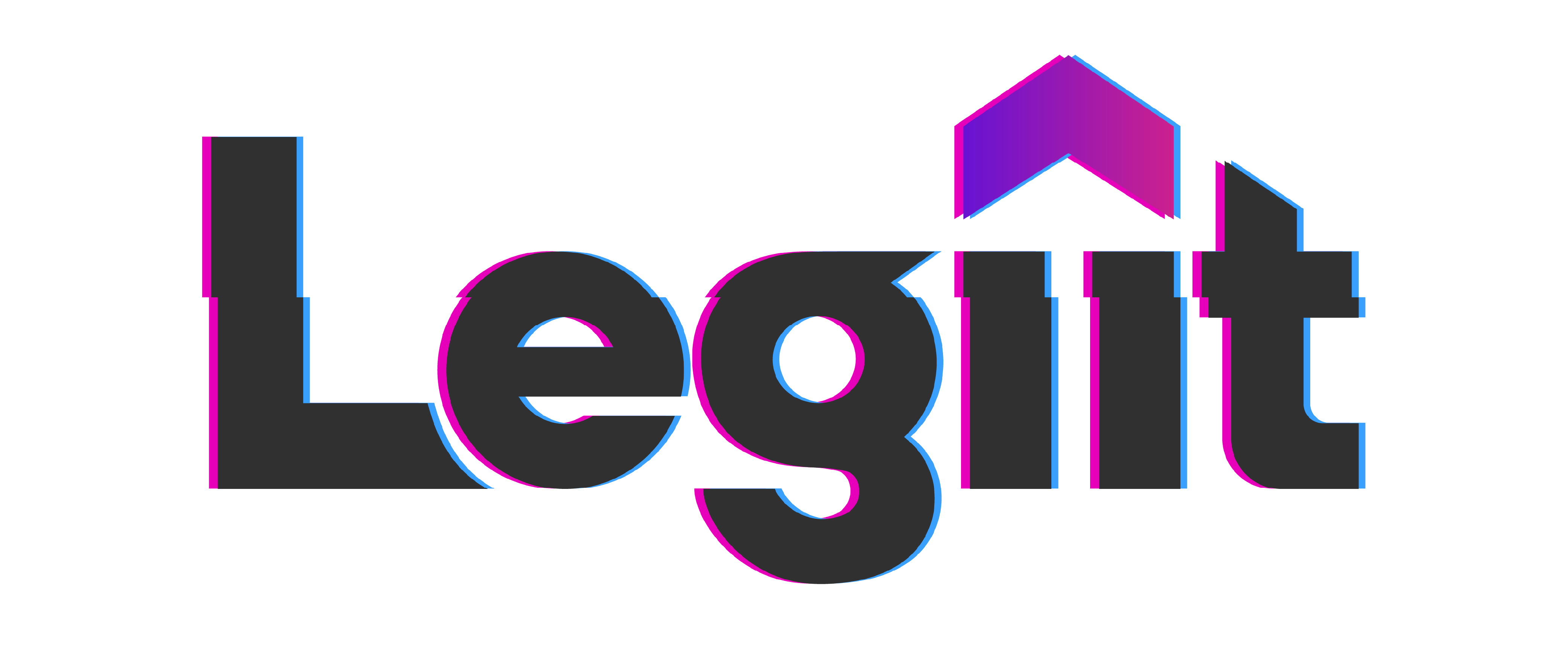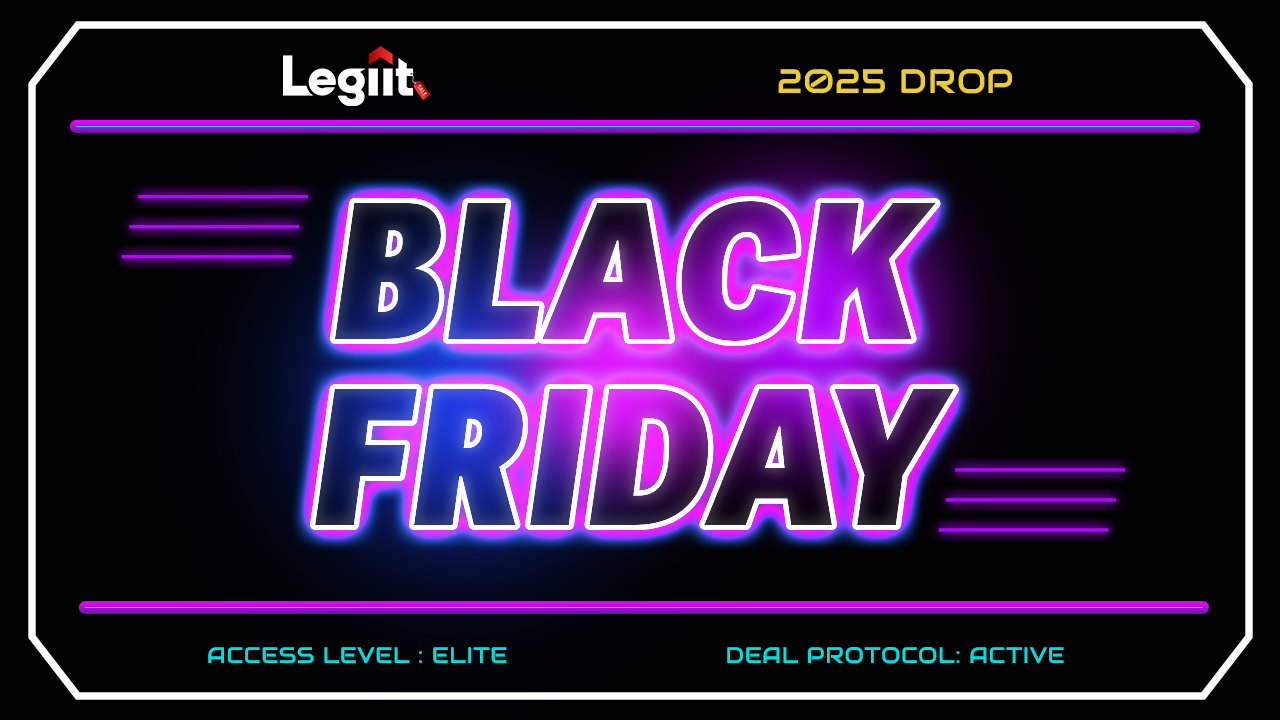Toxic links pose a significant threat to any blog or website. Given the prevalence of black hat link building strategies and the increase in negative SEO, safeguarding your website against malicious backlink spammers might seem difficult.
Thankfully, it's relatively straightforward to monitor and shield your website from toxic backlinks. By using appropriate tools and conducting routine assessments, you can promptly discover and prevent any malicious URLs.
In this article, we will look at how to shield your website from toxic backlinks so that you can safeguard your online presence and rankings.
What Are Backlinks?

Backlinks, which are URLs from external websites directing visitors to your site, can be discovered within blog posts and various content as citations or references.
Regardless of their presence on social media platforms or within blog articles, links play a vital role in optimizing search engine performance (SEO). They effectively signal to search engines that your website is recognized as a reputable source by others. The more authoritative websites link to your content, the more Google values it for a wider audience.
So, backlinks enhance your site's credibility when respected websites link back to it. However, it's essential to be vigilant about spammy links, which can have the opposite effect.
What is a Toxic Link?
A toxic link, often referred to as a toxic backlink, is a hyperlink from one website to another that can harm your website's search engine rankings.
These links are usually associated with low-quality, spammy, or irrelevant websites. When search engines like Google assess your website's backlink profile, having many spammy links can raise red flags and lead to penalties.
Types of Toxic Links
Here are some common types of toxic backlinks:
Disreputable or Explicit Links
Any links from sites associated with explicit, spammy, or disreputable content can harm your website's image and rankings. Examples include links from pornographic, gambling, or pharmaceutical sites. These types of links can not only tarnish your online reputation but also lead to search engines viewing your site as less trustworthy.
Irrelevant Links
Backlinks that are unrelated to your website's content or industry can be problematic. When external sites link to your pages without any contextual relevance, it raises red flags for search engines. Such links don't provide genuine value to users and may be considered spammy.
Links to Penalized Domains
If your website is connected to other domains that have been penalized or blocked by search engines, it can negatively impact your SEO. Penalization typically occurs when a website engages in dishonest practices like keyword stuffing, cloaking, abusing exact match links, or other black-hat SEO techniques. Being associated with such websites can lead to a loss of trust in your site's credibility.
Paid Links from "Link Farms" or "Link Mills"
These are part of what Google labels as "link schemes." Link farms are networks of websites created solely for the purpose of linking to one another, often to manipulate search engine rankings. These schemes are run by SEO scammers who aim to gain links by artificially inflating a site's link profile. Links from these sources can lead to severe penalties from search engines.
How Do You Identify a Toxic Link?
Several methods and tools can help you identify harmful links. It's essential to use a combination of approaches to ensure thorough analysis. Here are some practical ways:
Spammy Backlink Checker
Various online tools and services are dedicated to checking the spamminess of backlinks. These tools analyze the quality and source of each link and categorize them as toxic or non-toxic. Some well-known spammy backlink checkers include Ahrefs, Moz, and Majestic. These tools can help you pinpoint harmful links in your profile.
Manual Inspection of Link Sources
While tools can automate the process to some extent, manually inspecting the websites that link to you is a valuable step. Look for signs of untrustworthiness, irrelevance, or low-quality content on these sites. If a website seems dubious or utterly unrelated to your niche, it's a good indicator of a toxic link.
Google Search Console
Google Search Console provides insights into the links that Google has discovered pointing to your site. While it may not identify all spammy links, it can offer a starting point for your analysis. Pay attention to any warnings or messages about potentially harmful links from sites.
Link Analysis Software
Using specialized link analysis software can be highly effective in identifying harmful links. These tools not only detect toxic links but also provide detailed reports and insights into your backlink profile. They can assist in prioritizing which links to address first.
Conducting a Link Audit
Regularly conduct a comprehensive link audit of your backlink profile. An audit involves reviewing all your backlinks, assessing their quality and relevance, and identifying any spammy links. This proactive approach helps maintain a clean and healthy backlink profile.
SEMrush Toxic Score
SEMrush is a popular SEO tool that provides a "toxic score" for each link in your backlink profile. This score indicates the potential harm a link might cause to your site's SEO. A higher toxic score suggests a greater level of toxicity. You can use SEMrush to regularly monitor your backlinks and identify toxic ones.
The Importance of Identifying Toxic Links

Identifying toxic links is crucial for several reasons:
Protecting Your SEO
Harmful links can lead to a decrease in your website's search engine ranking. By identifying and removing them, you can protect your SEO efforts and maintain or improve your site's visibility.
Preventing Penalties
Search engines like Google can penalize websites that have a significant number of toxic backlinks. Recognizing and addressing spam links can help prevent these penalties.
Enhancing User Experience
Spam links can lead users to low-quality or irrelevant content, damaging their experience on your website. Eliminating such links can improve user satisfaction.
Maintaining Credibility
A backlink profile filled with spammy links can harm your website's credibility and reputation. By removing these links, you can establish a more trustworthy online presence.
What to Do with Toxic Links?

What do you do with toxic links?
Request Removal
If possible, the first step is to request the removal of spammy links. Contact the webmasters of the linking websites and politely ask them to remove toxic backlinks. Be patient and follow up if needed.
Disavowing Toxic Backlinks
If you can't get harmful links removed, Google provides the Disavow Tool, which allows you to inform Google that you want to disassociate your website from certain links. To disavow links, create a disavow file and submit it through Google Search Console.
Regular Monitoring
To prevent future issues, monitor your backlink profile regularly. Use tools to keep track of new backlinks and their quality.
Preventing Toxic Links
To prevent toxic links, focus on the following:
Quality Content
Creating high-quality, relevant, and informative content can attract natural, quality backlinks. Focus on content that resonates with your audience.
Natural Link Building
Encourage natural link building through outreach, partnerships, quality directory, and collaborations with other reputable websites. Build relationships within your industry and avoid link spam.
Guest Posting Guidelines
If you engage in guest posting, ensure it follows ethical guidelines. Avoid spammy guest post tactics that could lead to spammy links.
Use Nofollow Tags
When necessary, use "nofollow" tags in your links to signal to search engines that you don't vouch for the linked content. This can protect your site from any potentially spam links.
Recovering from Toxic Links

How do you recover from harmful links to your site?
Be Patient With the Toxic Link Removal Process
The journey to reclaiming your website's health after getting affected by toxic links demands patience.
Understand that this recovery is not a sprint but a marathon. Search engines may take some time to recognize the positive changes you've implemented.
Prioritize Quality over Quantity
Redirect your efforts toward constructing a robust link profile fortified with high-quality, contextually relevant links. Shift the focus from low-quantity links to high-quality.
Ensure these links are genuinely valuable to your users by following Google's webmaster guidelines. Improve user experience and content quality, as these are vital to the process of a sustainable recovery.
Harness the Expertise of SEO Professionals
For more severe cases, it's best to seek assistance from SEO experts specializing in link removal and recovery. Their profound knowledge and experience can speed up the recuperation process.
They possess the tools and strategies required to recover your website from the effect of toxic links and help it gain a healthier online presence.
How Do I Remove Toxic Links for SEO?

We've discussed what toxic links are and the process of how to deal with them. Here is, however, a summary of how to remove harmful links for SEO:
To remove unnatural links from your website's SEO, follow these steps:
Identify Toxic or Unnatural Links
Use tools like GSC, Moz, Ahrefs, or SEMrush to identify bad links or check spam backlinks. Look for signs of unnatural links, such as a sudden drop in rankings, manual penalties, or unnatural link patterns.
Request Removal
Contact the webmasters of the websites hosting harmful and unnatural links. Politely ask them to remove the links. Be patient and follow up if necessary.
Use the Disavow Tool
If you can't get spammy links pointing to your site removed, utilize Google's Disavow Tool. Create a disavow file containing the links you want to disassociate from your website. Submit this file through Google Search Console.
Regular Monitoring
Continuously monitor your backlink profile to identify and address new bad links. Use monitoring tools to keep track of your backlinks' quality.
Prevent Future Toxic Links
Focus on creating high-quality, relevant content to attract natural, quality backlinks. Encourage natural link building through outreach and partnerships with reputable websites.
Follow ethical guidelines in your guest posting activities. Use "nofollow" tags when necessary to protect your site from potential spam links.
Patience Is Key
Recovery from harmful and spammy links may take time. Stay patient and continue working on improving the quality of your content and backlinks.
Seek Professional Help
In severe cases, consider consulting with SEO professionals who specialize in link removal and recovery. They can provide expertise to accelerate the recovery process and help you navigate complex situations.
Frequently Asked Questions
Here are eight frequently asked questions (FAQs) about dealing with toxic links for SEO:
What are toxic links in SEO?
Toxic links are hyperlinks from websites that are considered harmful or spammy. They can negatively impact your site's search engine ranking and reputation.
How can I identify spam links pointing to my website?
You can use tools like Google Search Console, third-party backlink analysis tools, or hire an SEO professional to conduct a link audit and identify toxic links.
What should I do when I find toxic backlinks?
When you find toxic links, your options include disavowing them using Google's Disavow Tool, contacting webmasters to remove them, or implementing a "nofollow" attribute to prevent them from passing SEO value.
Why should I disavow toxic links?
Disavowing toxic links is essential to prevent them from harming your site's SEO. Google may penalize your site if it is associated with the wrong or harmful websites through spammy links.
How often should I check for toxic links and disavow them?
Regularly monitoring your backlink profile is crucial. Quarterly or semi-annual reviews are an excellent practice to check bad backlinks, identify, and disavow toxic links promptly.
Can I proactively prevent toxic links from affecting my site's SEO?
Yes, you can minimize the risk of toxic links by conducting due diligence before linking to or guest posting on other websites and by monitoring your backlinks regularly to spot and address any issues early. A good link building strategy is also very helpful.
What are the potential consequences of ignoring spam links?
Ignoring spam or unnatural links can lead to a drop in your search engine rankings, reduced organic traffic, and, in extreme cases, manual Google penalties. Toxic Backlinks affect your website's credibility and online reputation. This can inturn negatively impact your ranking in Google search results.
Are all paid, low-quality links toxic, or can they be beneficial sometimes?
Not all paid links, low-quality links are necessarily toxic, but they may not provide significant SEO benefits. It's important to distinguish between truly malicious links and those that are simply low in quality. While spam links should be removed or disavowed, low-quality links can still be improved or replaced with high-quality ones for better SEO results.
However, try to make sure that every single one of your links come from reputable websites.
Conclusion
Understanding what toxic links are, how to identify them, and what actions to take is essential for any website owner.
By regularly monitoring your backlink profile, following Google's guidelines, and taking appropriate measures to remove or disavow spam links, you can ensure that your website remains on the path to success, free from the shackles of harmful connections.













 Download
Download